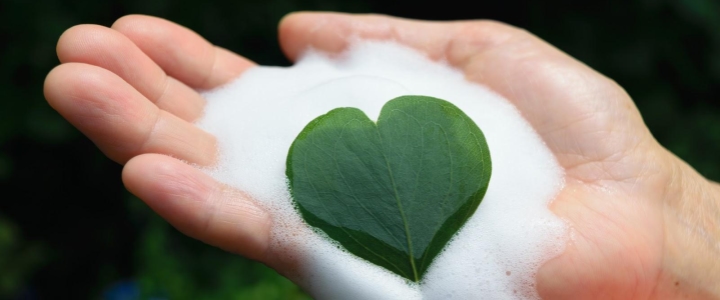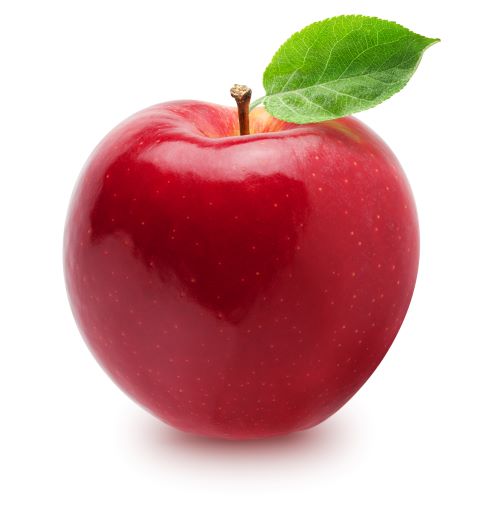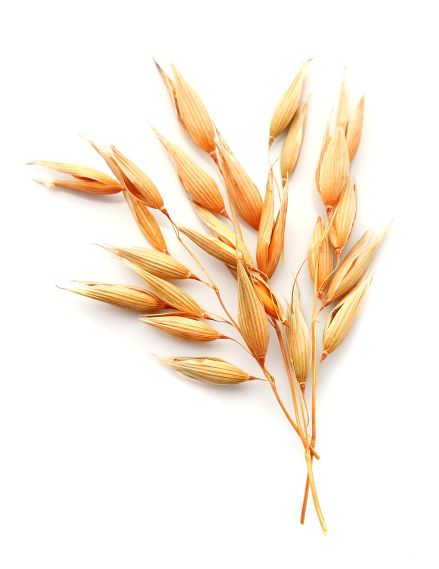
Make a clean break with sulfates…
May 1, 2020
If now just hearing "wash your hands" or that running tap water makes you feel your skin is cracking, then this eblast is for you…
Now more than ever, we need gentle foamer that we can count on to wash the germs out! Cleansing but not delipiding the skin, it’s a delicate balance. Because good hand hygiene protects you and those around you, let’s re-discover our gentle surfactants derived from amino acids.
“An apple a day…”

Apples are rich in vital components to human health, such as their amino acids. [1] PROTEOL™ APL EF is an anionic foaming surfactant made of acylated amino acids characteristic of apple juice. It provides an ultra soft foam during application, yet dense and abundant in respect to our skin’s natural barrier and with an excellent tolerance.
Ideal for frequent washes and for sensitive skin!
INCI: Sodium Cocoyl Apple Amino Acids
Feel your oats!

Among staple cereals, oat has the highest protein content. Therefore , the oat groat proteins have an excellent amino acid balance, nutritionally superior to the other cereal grains. [2,3]
This natural superfood inspired us to create PROTEOL™ OAT PF, a foaming anionic surfactant obtained by the acylation of OAT type amino acids.
PROTEOL™ OAT PF effectively cleanses (good wetting power), but it doesn’t dry-out the skin with minimal delipidation. It forms a thick lamellar structure for a rich foam and unctuous texture.
It’s a mild cleanser and excellent foaming agent!
INCI: Sodium Lauroyl Oat Amino Acids
Request samples in the chat!
References:
https://www.researchgate.net/publication/332629786_STUDY_AND_COMPARISON_OF_AMINO_ACIDS_IN_RED_AND_GREEN_APPLES
Maja Boczkowska, ... Bogusław Łapiński, in Genetic and Genomic Resources for Grain Cereals Improvement. 2016, Pages 159-225. Available online 13 November 2015. [https://doi.org/10.1016/B978-0-12-802000-5.00004-6]
Elke K. Arendt, Emanuele Zannini, in Cereal Grains for the Food and Beverage Industries. Woodhead Publishing Series in Food Science, Technology and Nutrition. 2013, Pages 243-282, 283e. Available online 27 March 2014 [https://doi.org/10.1533/9780857098924.243]